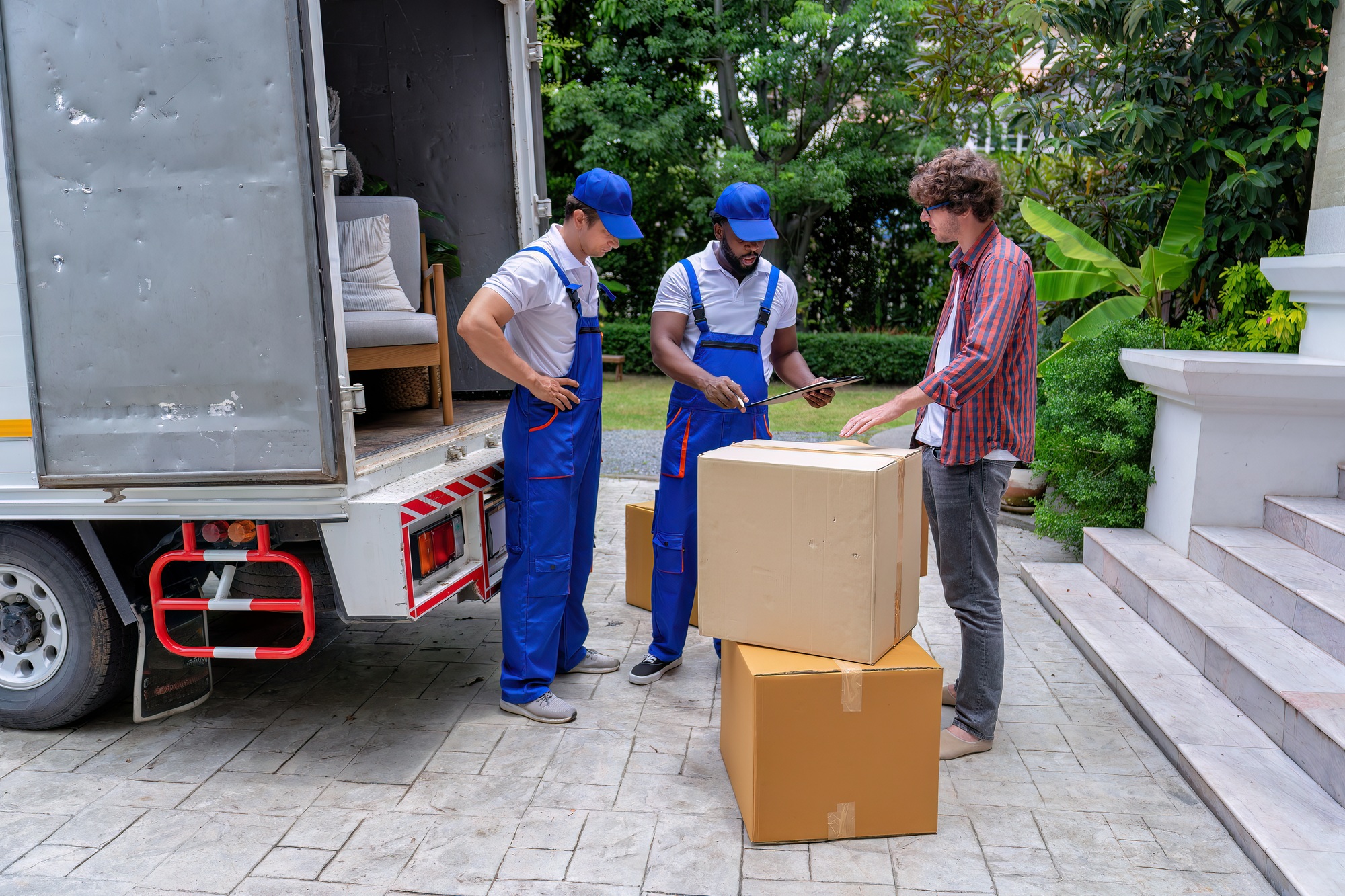Introduction: How to Prepare Children for Move
Moving to a new home can be an exciting but challenging experience for children. They may feel anxious or uncertain about leaving behind familiar surroundings. In this article, we’ll explore how prepare children for a move, offering practical tips to ensure a smooth transition. With the right guidance and support, your child can adjust quickly to the new environment and embrace the change.
Why Preparing How to Prepare Children for a Move is Important
When it comes to moving, children may experience a range of emotions—sadness, confusion, or even excitement. That’s why knowing how prepare children for a move is crucial. Helping your child manage these feelings can ease the transition and make them feel secure. By understanding their concerns and addressing them early, you’ll reduce the risk of stress and emotional strain during the move.
1. Talk to Your Children About the Move Early On
One of the first steps in how to prepare children for a move is to discuss it with them as early as possible. By giving your child enough time to process the change, you allow them to voice their concerns and ask questions. Try to explain why the move is happening and what the new home will be like. Be honest and sensitive to their emotions, but emphasize the positive aspects of the change.
2. Involve Them in the Moving Process
Children often feel more secure when they are included in decision-making. Involving your child in the moving process is a great way to prepare them for the transition. Let them help pack their belongings or choose the layout of their new room. If possible, take them on a tour of the new home to help them visualize the space. Feeling involved in the process can reduce anxiety and give them a sense of control.
3. Make the Transition Fun with Activities
To help your child feel more excited about the move, consider making the process enjoyable. Organize fun activities, such as a farewell party with friends or a special outing to explore the new neighborhood. You can also create a moving countdown to build excitement as the moving day approaches. Making the experience fun will help your child associate the move with positive memories.
4. Maintain Routines and Comfort Items
During a move, routines can easily get disrupted. But maintaining familiar routines can provide a sense of stability for your child. Try to stick to regular meal times, bedtime routines, and other familiar activities as much as possible. Additionally, allow your child to bring along their favorite toys or comfort items, such as a blanket or stuffed animal. This will provide them with a sense of security in their new home.
5. Address Their Concerns and Emotions
It’s important to acknowledge and address any concerns your child may have about the move. They might worry about leaving their friends, school, or pets behind. Listen to their feelings and validate them, showing empathy for their emotions. Reassure them that they can still keep in touch with their old friends and that making new friends is part of the adventure. By providing emotional support, you help your child feel more comfortable about the change.
6. Prepare for the Day of the Move
Moving day can be overwhelming for both adults and children. To reduce stress, plan ahead and make the day as organized as possible. Pack a bag with essential items your child will need during the move, such as snacks, games, or a favorite toy. If possible, arrange for a friend or relative to care for your child during the most chaotic parts of the move, allowing them to relax and stay calm.
7. Create a Welcoming Environment in the New Home
Once you’ve moved into your new home, it’s important to create a welcoming environment for your child. Set up their room first so they can have a space that feels familiar. Decorate with their favorite colors, posters, or toys. Familiarizing your child with the new space will make them feel at home more quickly. Take the time to explore the new neighborhood together, so they begin to feel comfortable in their new surroundings.
8. Be Patient During the Adjustment Period
The adjustment period after the move can take time. It’s important to be patient and give your child space to adjust to the new environment. Keep communication open, and continue offering support as they settle into their new home. Remember, every child reacts differently to a move, and some may take longer to adapt than others. With patience and understanding, your child will eventually feel more comfortable and confident in their new home.

Conclusion: Making the Transition Easy with Jean Movers
When it comes to how to prepare children for a move, planning and communication are key. By addressing your child’s emotional needs, involving them in the process, and creating a sense of stability, you can ensure a smooth transition. At Jean Movers, we understand that moving is not just about transporting belongings—it’s about making the experience as stress-free as possible for your entire family. If you’re ready to make your move, trust Jean Movers for expert moving services and support during every step of your relocation journey.




